In today’s busy world, it’s important to take care of both your physical and mental health. Yoga is an old exercise that looks at health from all angles. When it comes to the health benefits of yoga poses, backbend poses stand out. They not only make you more flexible, but they also help you let go of your feelings. We are going to learn more about backbend yoga moves and how they can change your life and your practice.
Table of Contents
Transform your mind and body with the power of backbend yoga poses—unlock flexibility, strength, and a stress-free life! Let's Explore
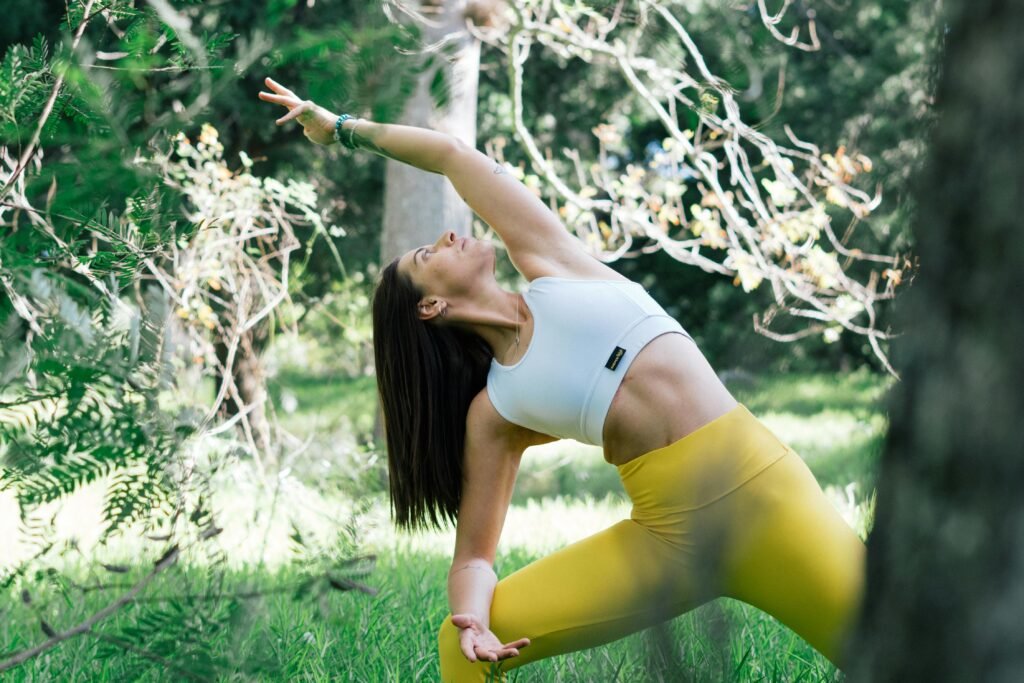
Backbend yoga moves aren’t just good for your body; they can also help your mental and emotional health. These poses get your heart rate up, let go of stress, and wake up your whole body. Backbends can make a big difference in your life whether you’re a seasoned yogi or just starting out. Let’s look at how these poses can change your life and take your yoga practice to a whole new level.
Benefits of Backbend Yoga Poses
Physical Benefits
Improved Flexibility:
Backbends open up and stretch the front of the body, focusing on the chest, stomach, and hip flexors. Over time, this makes you more flexible, which makes daily tasks easier and lowers your risk of getting hurt.
Strengthened Spine:
These exercises work the muscles along the spine, which makes it stronger and more stable. A strong spine helps you stand up straight and relieves back pain, which is common because of how inactive we are these days.
Mental Benefits
Reduced Stress:
Backbends are good for the nervous system because they wake it up and help the body release stress. You may feel a lot less stressed after doing this, making you feel more at ease and relaxed.
Enhanced Mood:
Opening up the chest and heart area in backbends is linked to letting go of stress and improving happiness. If you do these poses daily, you might feel better about life.e.
Preparing for Backbend Yoga Poses
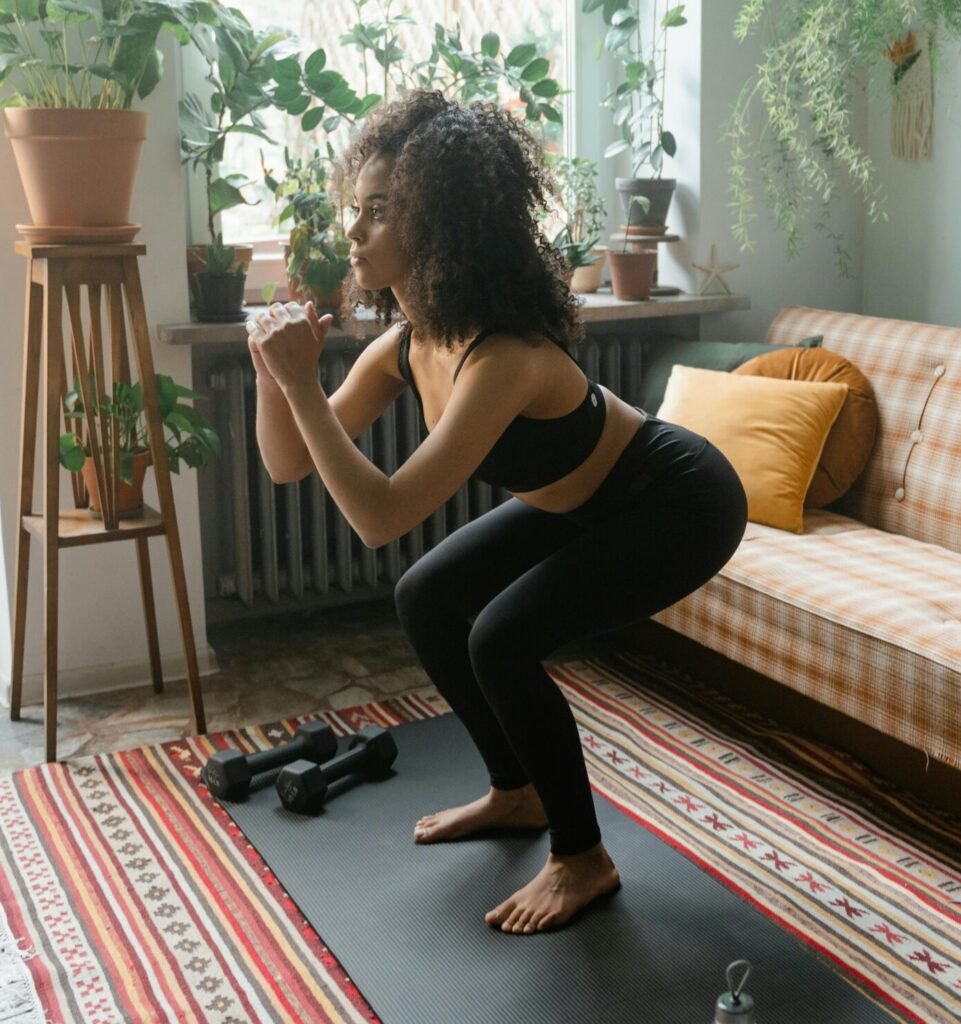
Warm-Up Exercises
To avoid getting hurt, it’s important to warm up before doing backbend poses. Stretches and moves like cat-cow poses, gentle twists, and shoulder rolls help get the muscles around the spine ready.
Importance of Proper Breathing
In yoga, breathing is very important. When you breathe deeply and mindfully, your body and mind relax. This makes it easier to move into backbend exercises. To get the most out of each pose, focus on taking deep breaths in and out.
Top 10 Backbend Yoga Poses
1. Cobra Pose (Bhujangasana)
A gentle backbend that opens the chest and strengthens the spine.
How to Perform:
- Lie face down on your mat with legs extended.
- Place your hands under your shoulders, elbows close to your body.
- Inhale and lift your chest off the ground, using your back muscles.
- Keep your elbows slightly bent and shoulders relaxed.
- Hold for a few breaths, then gently lower down.
2. Sphinx Pose (Salamba Bhujangasana)
A mild backbend that strengthens the spine and stretches the chest and shoulders.
How to Perform:
- Lie face down with your legs extended.
- Place your elbows under your shoulders, forearms on the ground.
- Inhale and lift your chest, pressing your forearms into the mat.
- Keep your shoulders relaxed and neck long.
- Hold for several breaths.
3. Bridge Pose (Setu Bandhasana)
A backbend that opens the chest and strengthens the legs and back.
How to Perform:
- Lie on your back with knees bent, feet hip-width apart.
- Press your feet into the mat and lift your hips towards the ceiling.
- Clasp your hands under your back and press your arms into the mat.
- Hold for several breaths, then slowly lower down.
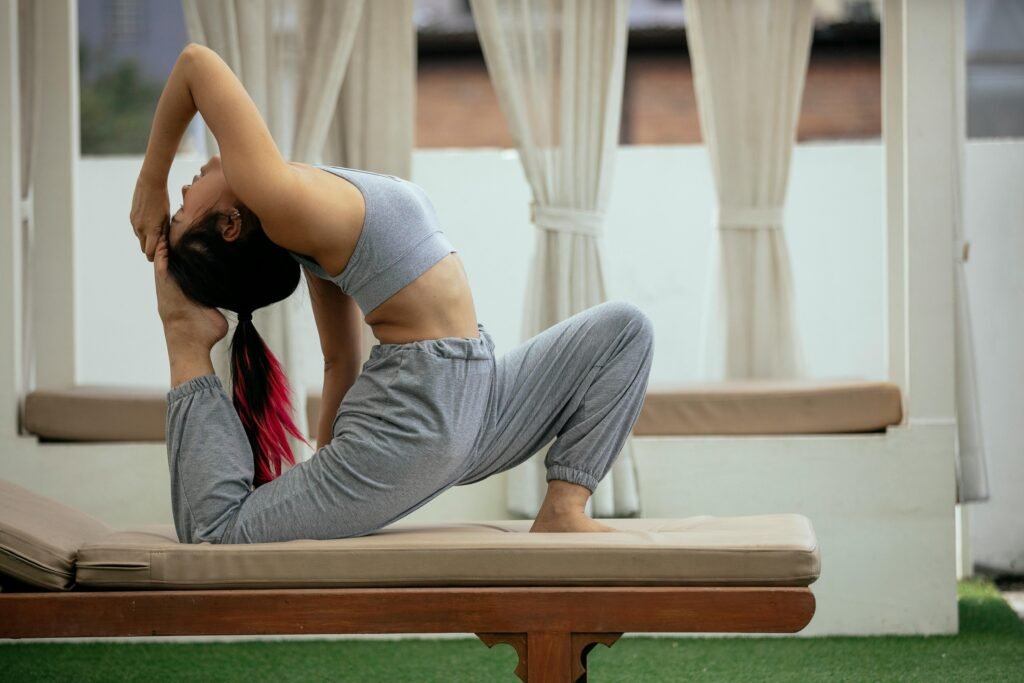
4. Camel Pose (Ustrasana)
A deep backbend that opens the chest and stretches the entire front body.
How to Perform:
- Kneel on your mat with knees hip-width apart.
- Place your hands on your lower back for support.
- Inhale and lift your chest, arching your back.
- Reach back and place your hands on your heels, fingers pointing towards your toes.
- Hold for a few breaths, then slowly release.
5. Wheel Pose (Urdhva Dhanurasana)
A challenging backbend that strengthens the entire body and opens the chest deeply.
How to Perform:
- Lie on your back with knees bent, feet flat on the mat.
- Place your hands beside your ears, fingers pointing towards your shoulders.
- Press into your hands and feet, lifting your hips and chest off the ground.
- Straighten your arms and legs as much as possible.
- Hold for a few breaths, then gently lower down.
6. Bow Pose (Dhanurasana)
A dynamic backbend that opens the chest and shoulders while strengthening the back.
How to Perform:
- Lie face down with arms at your sides.
- Bend your knees and reach back to grab your ankles.
- Inhale and lift your chest and legs off the ground, pulling your ankles with your hands.
- Hold for a few breaths, then gently lower down.
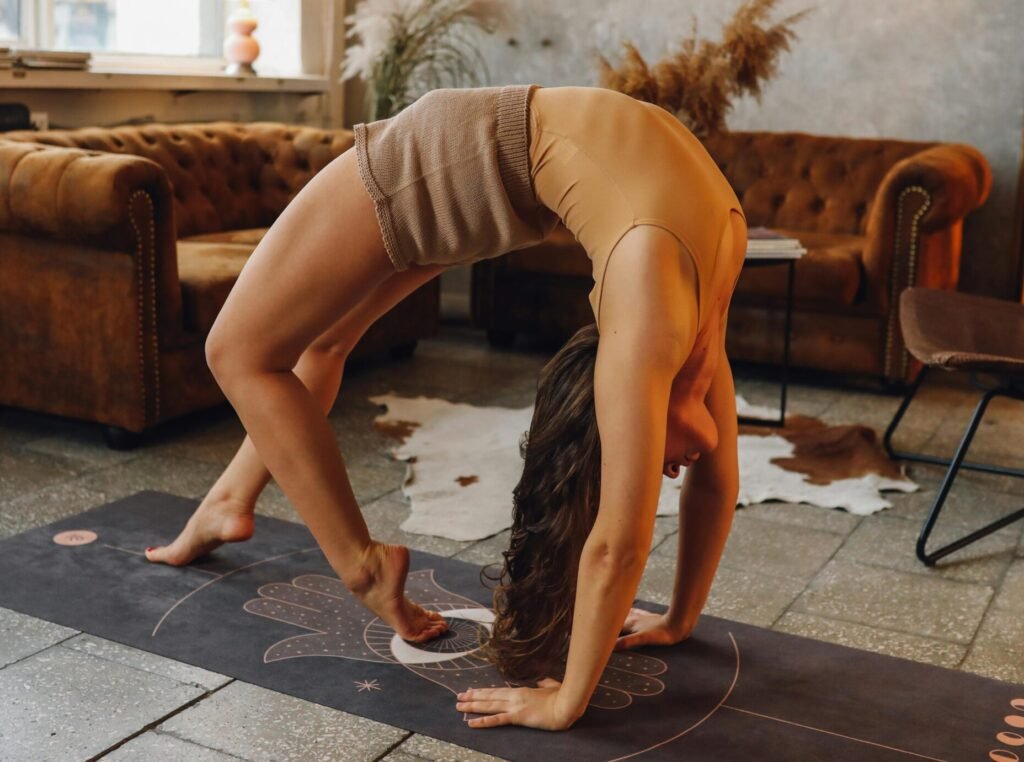
7. King Pigeon Pose (Kapotasana)
A deep backbend that enhances flexibility and strength in the hips, chest, and back.
How to Perform:
- Start in a kneeling position.
- Slowly lean back, reaching for your heels with your hands.
- Once you grasp your heels, lift your chest and arch your back deeply.
- Hold for a few breaths, then slowly come out of the pose.
8. Upward Facing Dog (Urdhva Mukha Svanasana)
A foundational backbend that opens the chest and strengthens the arms and spine.
How to Perform:
- Lie face down with your legs extended and tops of the feet on the mat.
- Place your hands under your shoulders.
- Inhale and lift your chest, hips, and thighs off the ground.
- Straighten your arms and keep your shoulders away from your ears.
- Hold for a few breaths, then gently lower down.
9. Locust Pose (Salabhasana)
A strengthening backbend that targets the back muscles and improves posture.
How to Perform:
- Lie face down with arms at your sides.
- Inhale and lift your chest, arms, and legs off the ground.
- Keep your neck in line with your spine and gaze forward.
- Hold for a few breaths, then gently lower down.
10. Fish Pose (Matsyasana)
A restorative backbend that opens the chest and throat, promoting deep breathing.
How to Perform:
- Lie on your back with legs extended.
- Place your hands under your hips, palms down.
- Inhale and lift your chest, arching your back.
- Rest the crown of your head on the mat, keeping your throat open.
- Hold for a few breaths, then gently release.
Personal Experiences with Backbend Yoga Poses
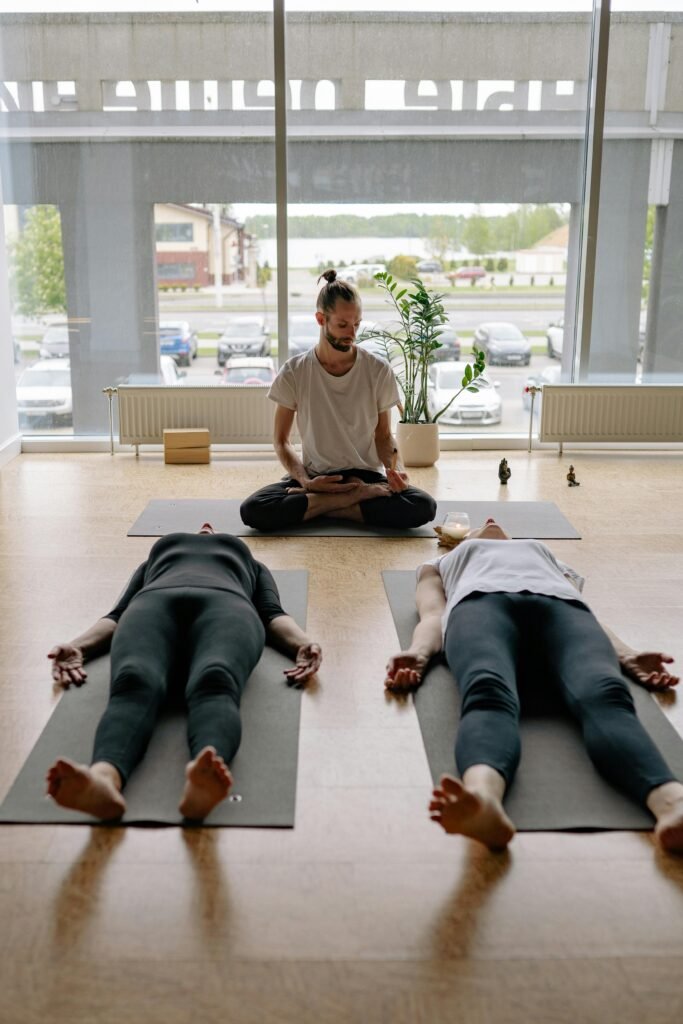
Stories from Practitioners
A lot of yoga practitioners have talked about how backbend poses have changed their lives and their practice. The powerful effects of these poses are shown by stories of better health and mental breakthroughs.
Benefits Experienced
People who go to the chiropractor regularly often say they have more energy, better posture, and a more positive view on life. Backbend yoga poses are a great addition to any routine because they are good for both your body and mind.
Scientific Studies on Backbend Yoga Poses
Research Findings
Backbend poses are a type of yoga that has been shown to improve mental health, flexibility, and strength. According to research, yoga can help lower stress and make life better in general.
Expert Opinions
Experts in yoga stress how important it is to include backbends in a healthy practice. They say to start slowly and practice mindfully to avoid injury and get the most out of your exercise..
Tips for Practicing Backbend Yoga Poses
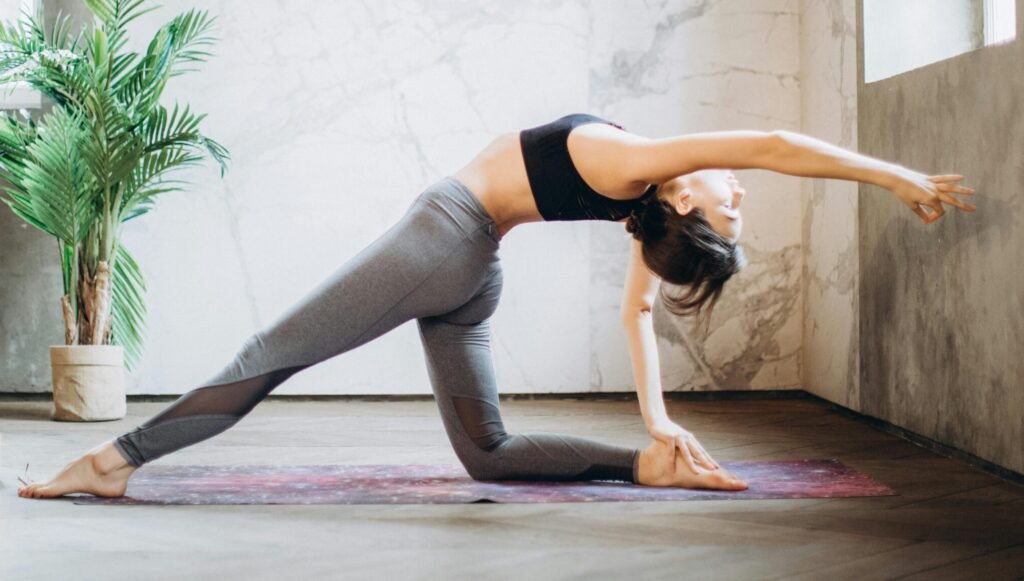
Warm Up: Always start with thorough warm-up exercises to prepare your body.
Focus on Breathing: Use deep breaths to relax and support your movements in each pose.
Progress Gradually: Begin with basic poses and gradually move to more advanced ones as your flexibility increases.
Align Properly: Maintain correct alignment to prevent injury and maximize the benefits of each pose.
Use Props: Props like blocks and straps can assist in achieving proper alignment and support.
Listen to Your Body: Respect your body’s limits and avoid pushing yourself into discomfort.
Engage Core Muscles: Activate your core to stabilize your spine and distribute the stretch evenly.
Protect Your Neck: Keep your neck neutral to avoid strain; avoid excessive neck movements.
Balance Your Practice: Include forward bends to complement backbends and maintain spinal health.
Practice Regularly: Consistent practice improves flexibility, but rest when needed to prevent overexertion.
Stay Hydrated and Nourished: Maintain hydration and eat well to support muscle function and recovery.
Seek Professional Guidance: Consider working with a yoga instructor for personalized guidance and adjustments.
By adding backbend yoga poses to your routine, you can improve not only your physical health but also your mental and social health. By using the right methods, knowing your body’s boundaries, and being consistent, you can become more flexible, build stronger muscles, and feel less stressed. Remember that yoga is a way to change and learn more about yourself. As you start this enriching road to holistic health and wellness, enjoy both the challenges and the benefits of backbend poses.
There is always room for growth and harmony on the path of backbend yoga, no matter if you are a beginner learning the basics or an experienced yogi trying more difficult poses. Do these poses slowly and carefully, paying attention to your body, and enjoy the huge health benefits they offer.
FAQ
Most frequent questions and answers
Yes, when done correctly, backbend poses can strengthen the back muscles and improve posture, potentially alleviating back pain.
If you feel discomfort, ease out of the pose and modify it using props or seek guidance from a yoga instructor.
Practicing backbend poses 2-3 times a week is ideal for most people to see gradual improvements.
People with certain medical conditions, such as spinal issues or heart problems, should consult with a healthcare provider before practicing backbend poses.
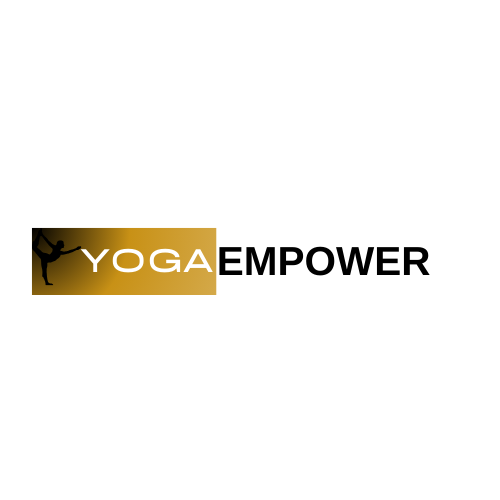
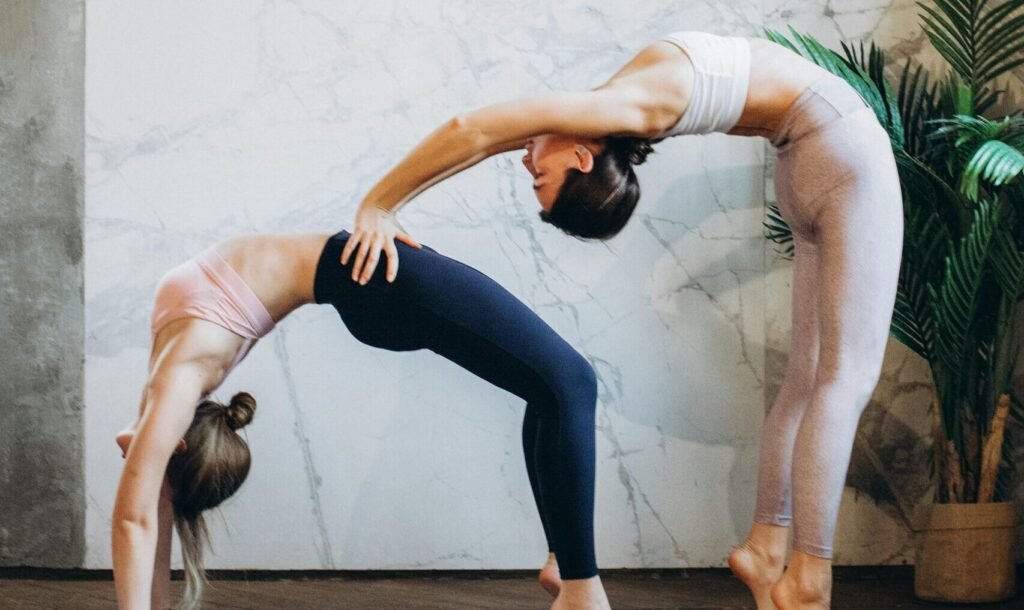







Average Rating